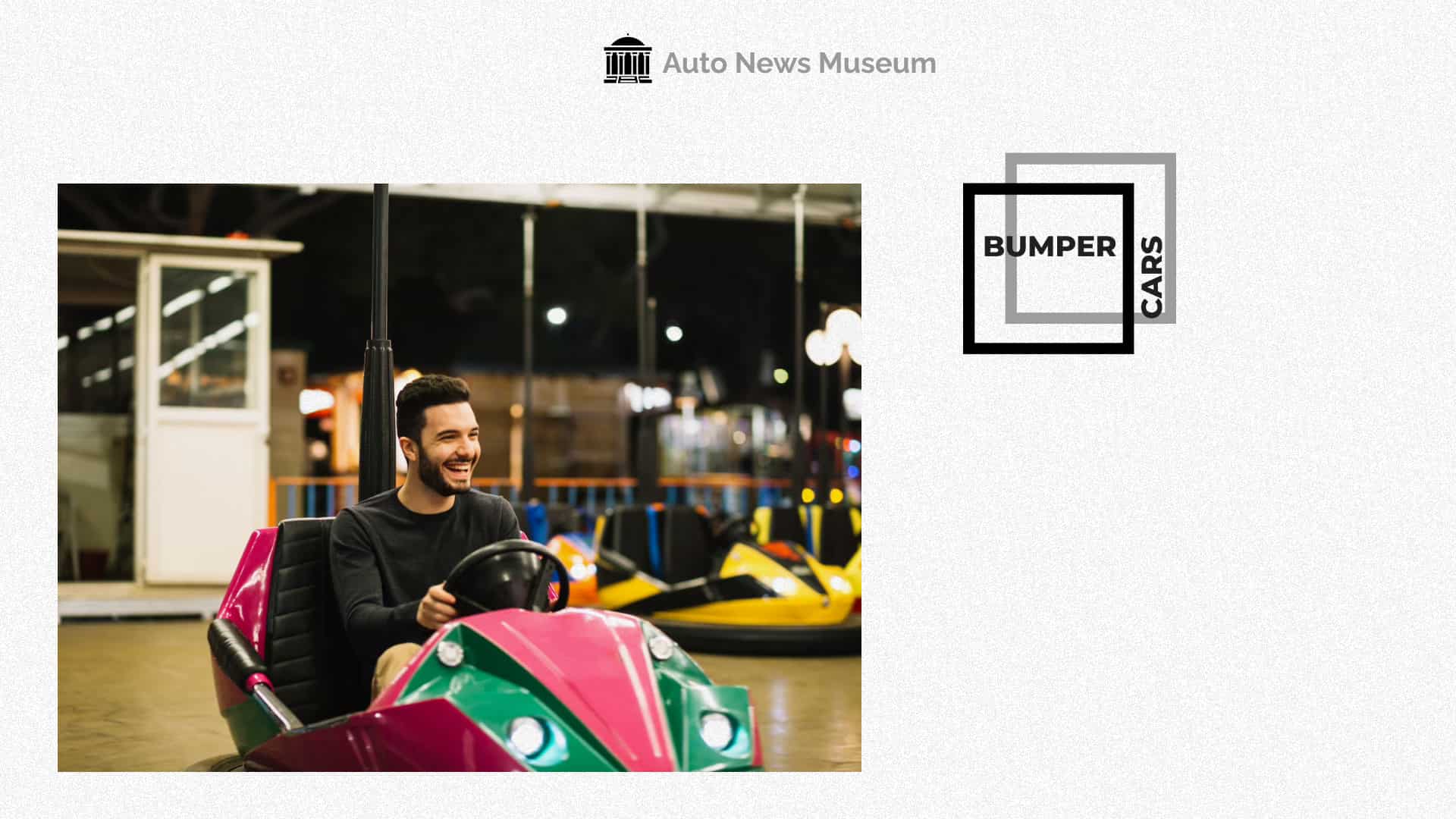Ah, bumper cars—those iconic amusement park attractions that have provided joy and entertainment for generations. The simple thrill of steering your own miniature car into others for a good-natured collision has never lost its appeal. While they may seem like just a fun, nostalgic pastime, bumper cars have evolved into complex systems that encapsulate principles from physics, engineering, and even social psychology.
The Early Days
Bumper cars were invented in the early 20th century, with the earliest models appearing in the 1920s. The original concept was a creation of fun, a kind of miniaturized demolition derby where people could safely experience the thrill of collision. Early designs used gasoline engines, which were later replaced by electrical systems for increased safety and efficiency. While originally meant solely for amusement, these rides have adapted over the years into something far more sophisticated.
Material Innovations
One of the most significant advancements in bumper cars’ design is in the materials used to make them safer and more dynamic. Gone are the rigid, clunky bodies of the original bumper cars; they’ve been replaced by lightweight yet robust materials like reinforced plastics and high-strength aluminum alloys. The cars are now adorned with thick rubber linings that absorb impact, further reducing the chances of injury.
Electrical systems have replaced gasoline engines, making the rides more eco-friendly and efficient. These electrical systems often include sophisticated controls that allow for variable speeds and even reverse movement, adding new layers of strategy and excitement to the experience.
Physics in Play
Bumper cars offer a practical lesson in physics, demonstrating principles of motion, momentum, and energy conservation. When cars collide, they exemplify Newton’s third law of motion: for every action, there is an equal and opposite reaction. The transfer of momentum between cars during a collision is a real-time display of physics in action.
Even the floor of the bumper car arena is engineered to minimize friction, thus conserving energy and allowing the cars to glide almost effortlessly. It’s not just fun and games; it’s a dynamic interplay of scientific principles.
Engineering Marvels
Modern bumper cars are little marvels of engineering. Beyond the durable materials and advanced electrical systems, some models are even equipped with sensors that can detect imminent collisions and adjust speed or direction accordingly. Variable speed controls allow for a more tailored riding experience, and some designs have incorporated joystick controls or advanced steering mechanisms, blending the lines between traditional bumper cars and video games.
The Social Dynamics
While seemingly straightforward, bumper cars serve as a microcosm for human behavior. In this confined arena, you see an array of social dynamics—competition, cooperation, and even elements of strategy. Some riders band together to corner others, while some prefer the lone-wolf approach, avoiding collision to enjoy the simple pleasure of driving. Observing people in a bumper car setting can offer insights into group dynamics, decision-making, and even the psychology of play.
Safety Measures
Safety has always been a paramount concern in the design and operation of bumper cars. In addition to rubber linings and soft, impact-absorbing materials, modern bumper cars also feature secure seat belts and well-designed, ergonomic seats to reduce the risk of whiplash or other injuries. Ride operators are trained to supervise the arena carefully, ensuring that all participants follow the rules and that the experience remains a safe one for everyone.
Conclusion
Bumper cars have come a long way since their inception nearly a century ago. No longer just a whimsical ride for amusement, today’s bumper cars incorporate lessons from physics, showcase advancements in engineering, and even serve as a fascinating lens through which to view human behavior. All of these complexities are elegantly hidden behind a façade of simple, unadulterated fun. The next time you hop into a bumper car, remember—you’re not just engaging in a childhood pastime, but participating in a rich tapestry of science, technology, and social dynamics.

